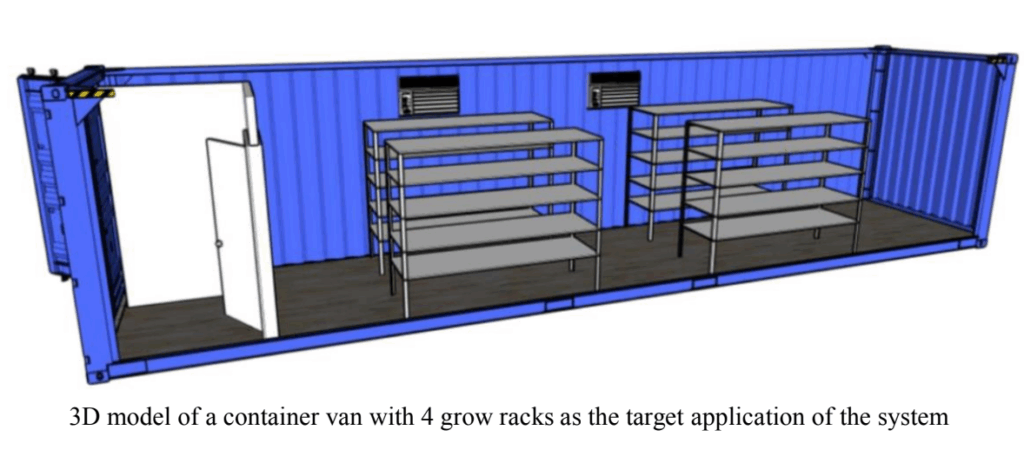A hybrid Internet of Things-based smart system performs better than a purely wireless sensor in monitoring indoor hydroponics farms
04 Mar 2025

Internet of Things (IoT) is a one of the technologies that are being applied to various applications and scenarios. This research is focused on applying this technology to indoor hydroponics farms. We implemented a hybrid wire and wireless sensor network that connects to the internet and stores sensor measurements in a cloud platform (Amazon Web Services). The sensor data that we collect are accessed by a web based application that provides data visualization and analytics. A companion mobile application was also developed for data visualization and alerts. This paper highlight the performance comparison between a hybrid system as compared to a purely wireless system. Simulations have shown that incorporating a wired system results in improvements in performance such as the reduction of packet loss from 12.23% in the purely wireless system to 5.62% in the hybrid system with burst traffic and even down to 0.0% in the hybrid system with continuous traffic.
Authors: Yves Lean Krishner Macayana, Ian Christian Fernandez, Kenneth P. Ung, Isabel Austria, Maria Theresa G. De Leon, Chris Vincent J. Densing, John Jairus Eslit, Percival Magpantay, Carlo P. Miras, Darvy Ong, Christopher Santos, Marc Talampas, Nestor C. Michael Tiglao, and Marc D. Rosales (Electrical and Electronics Engineering Institute, University of the Philippines Diliman)
Read the full paper: https://ijece.iaescore.com/index.php/IJECE/article/view/29968
